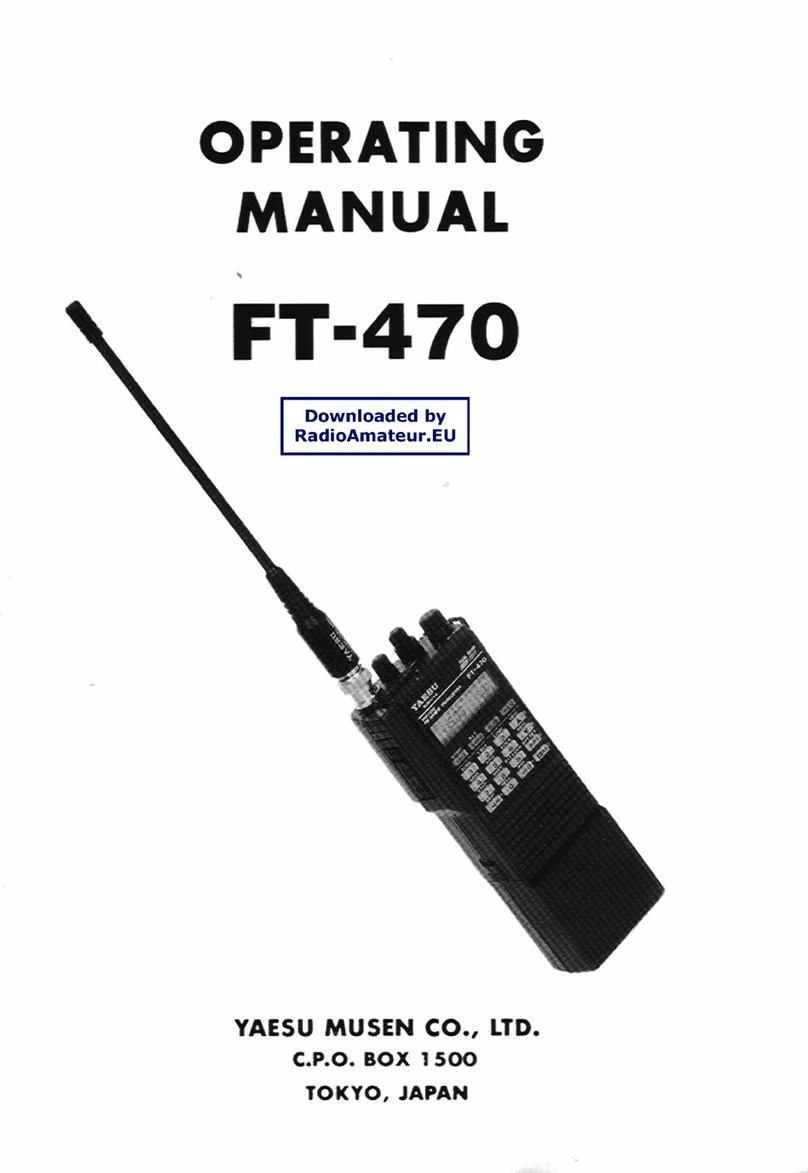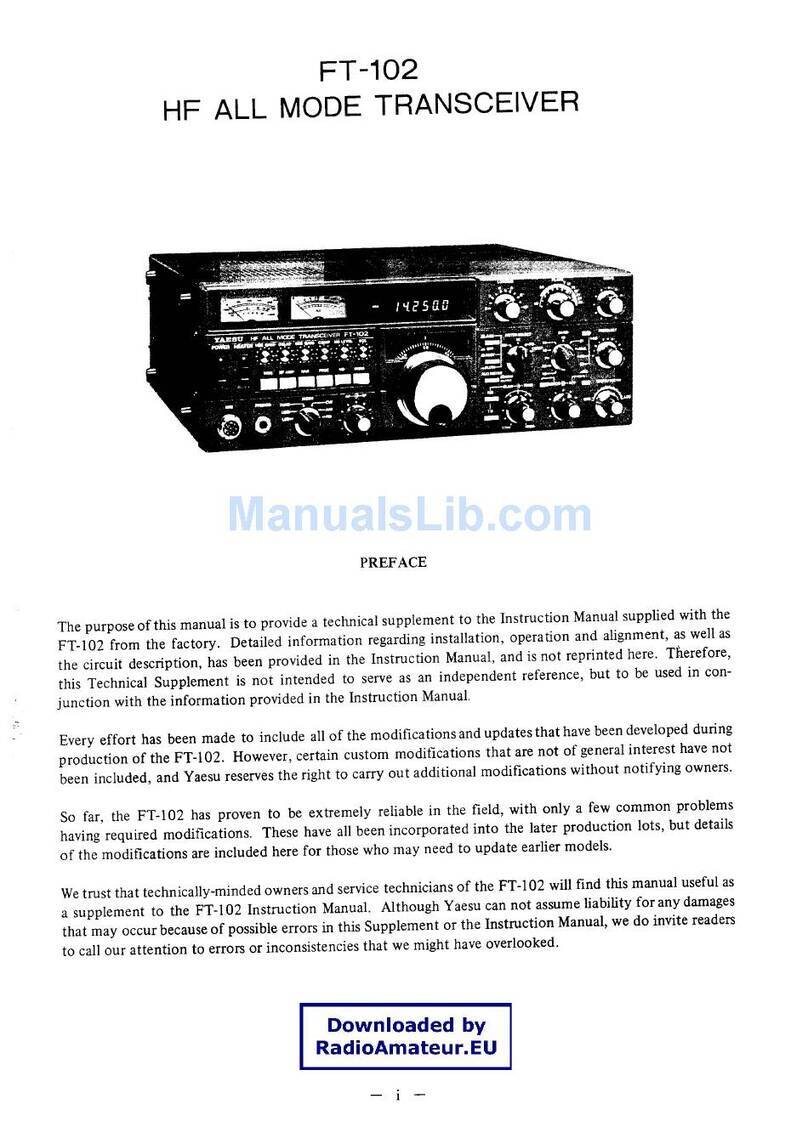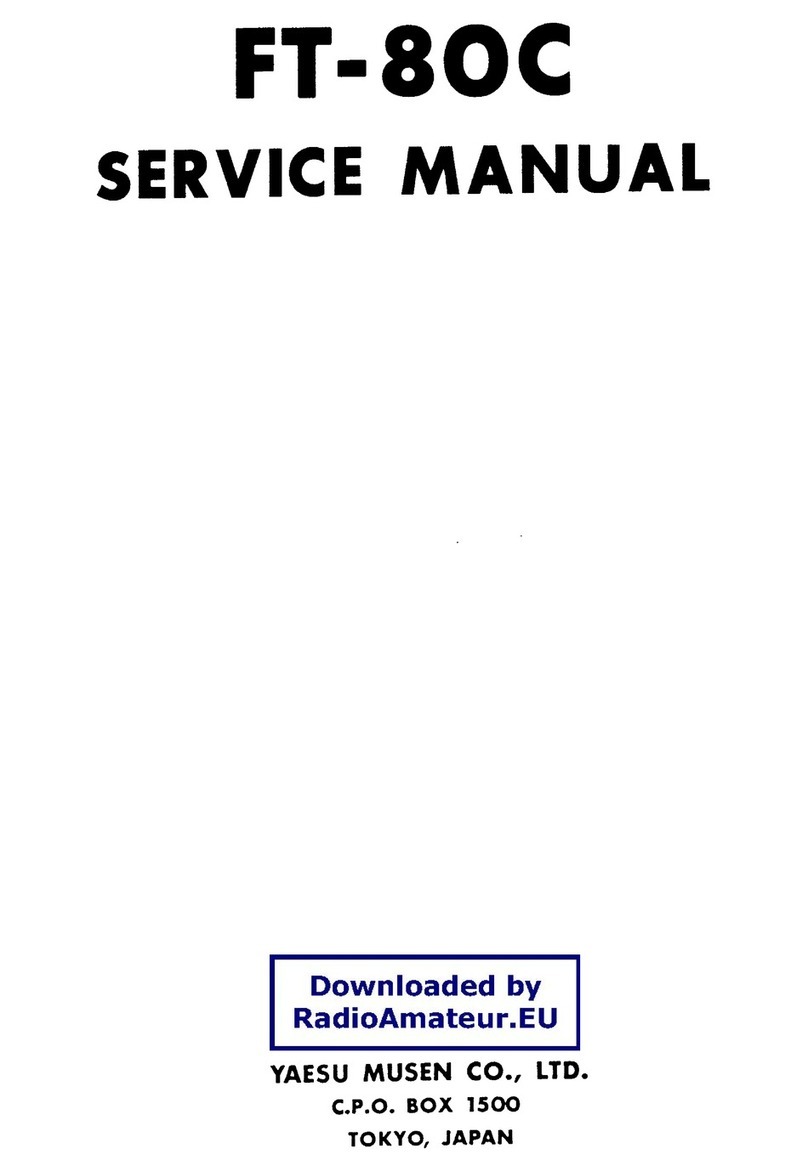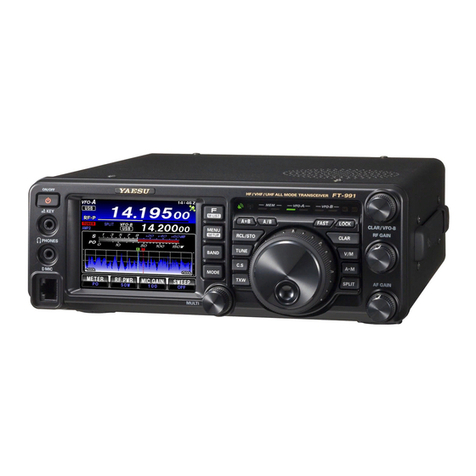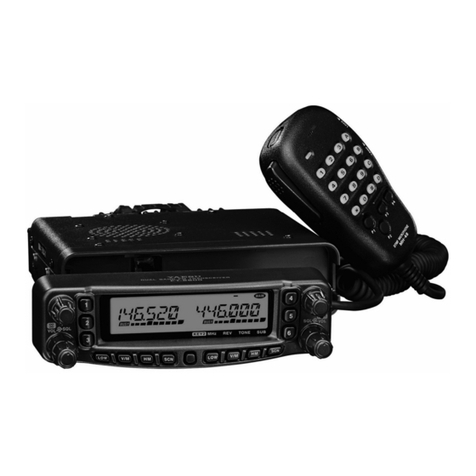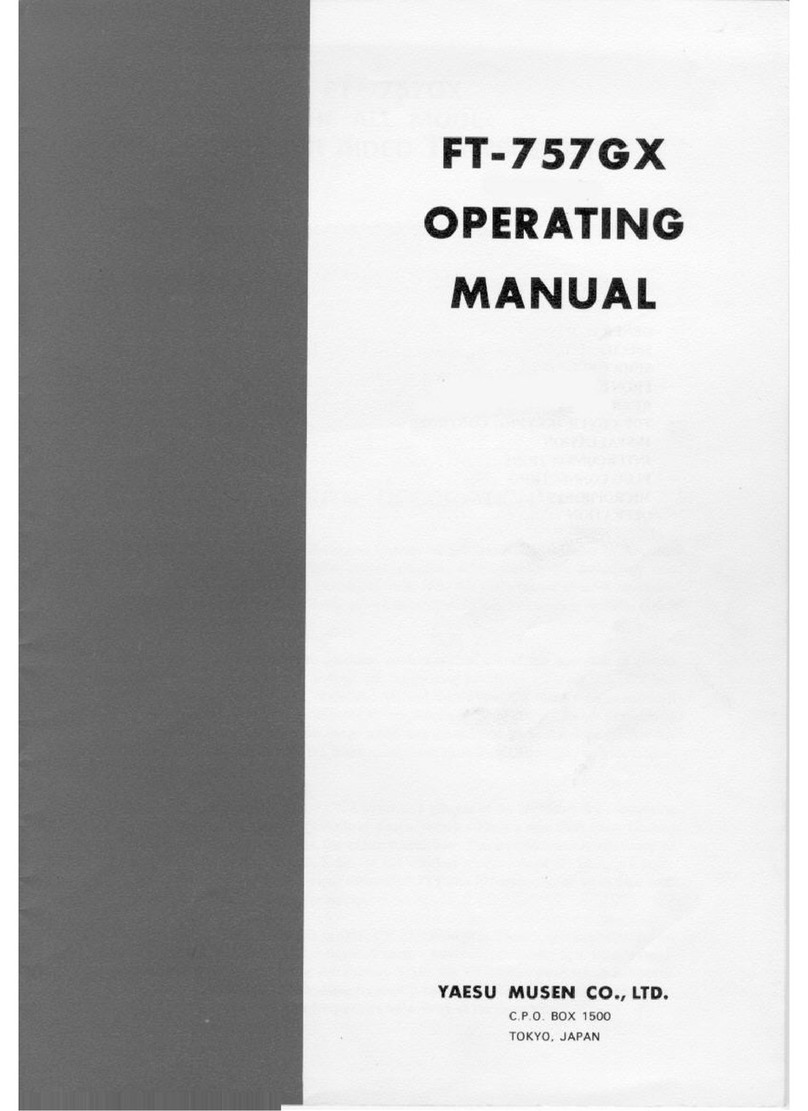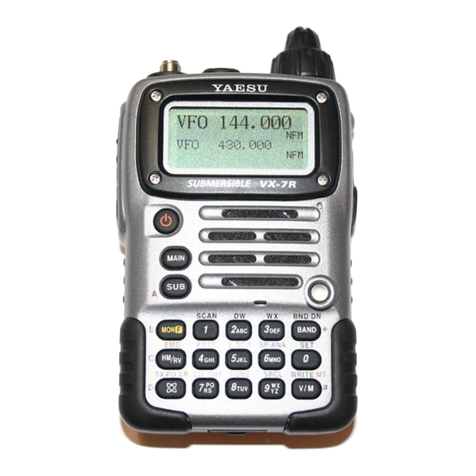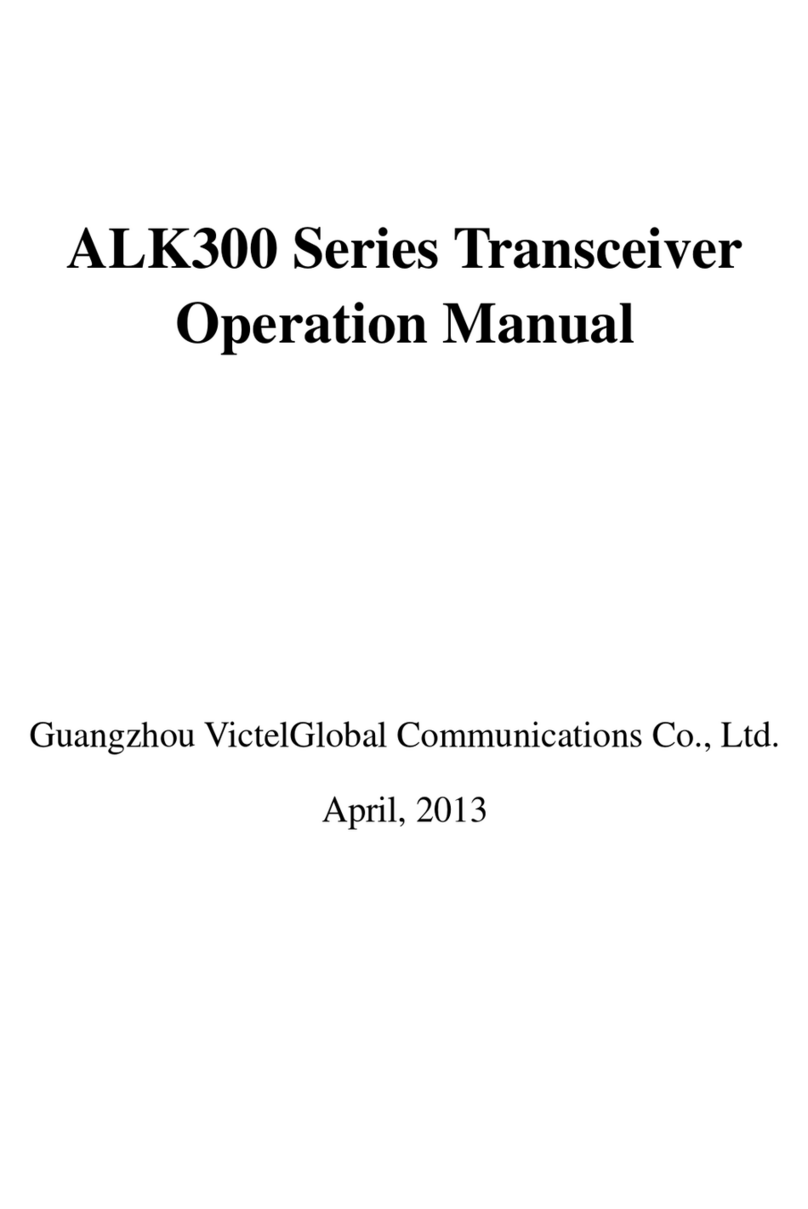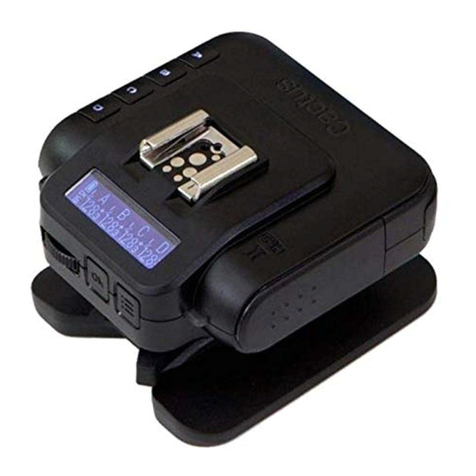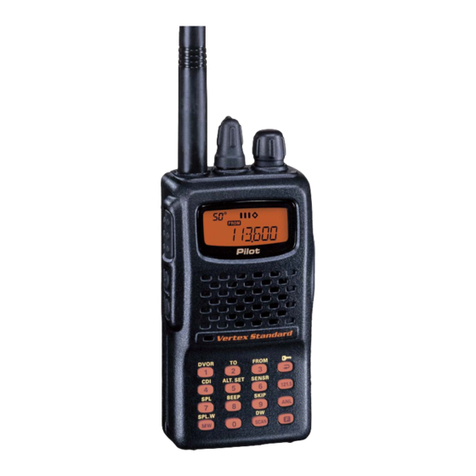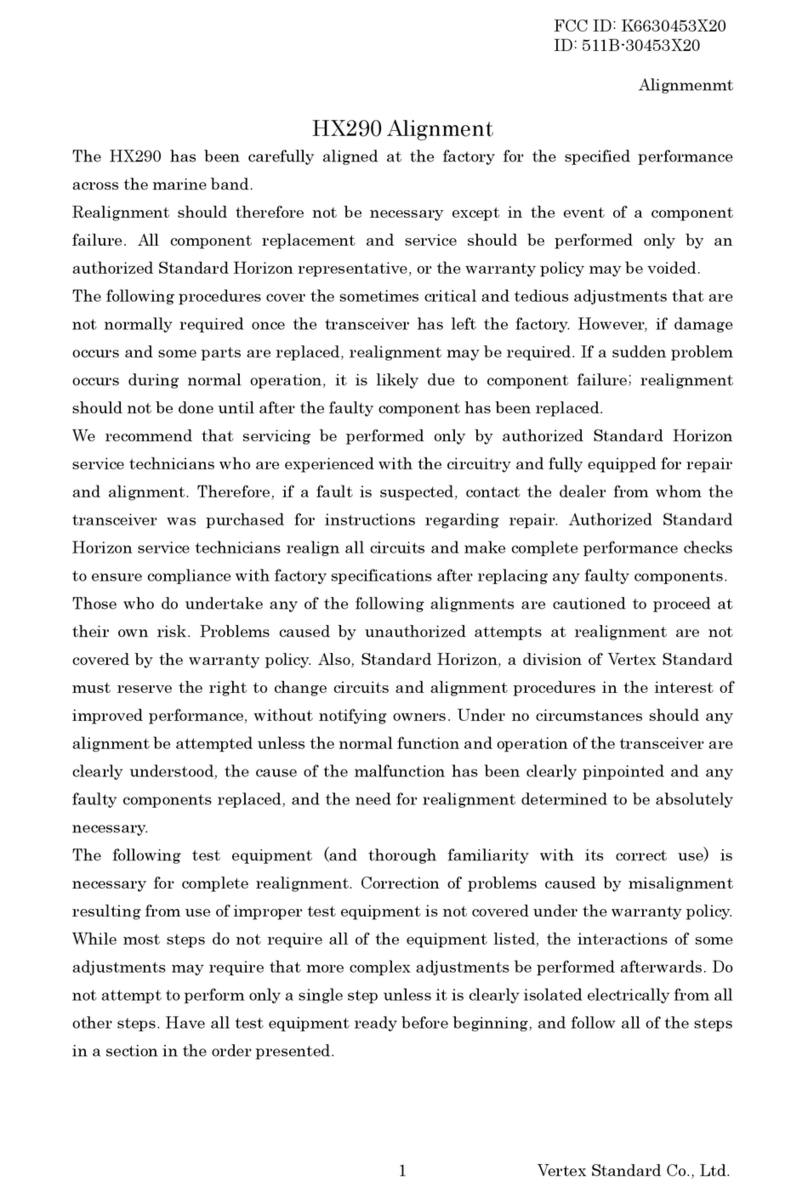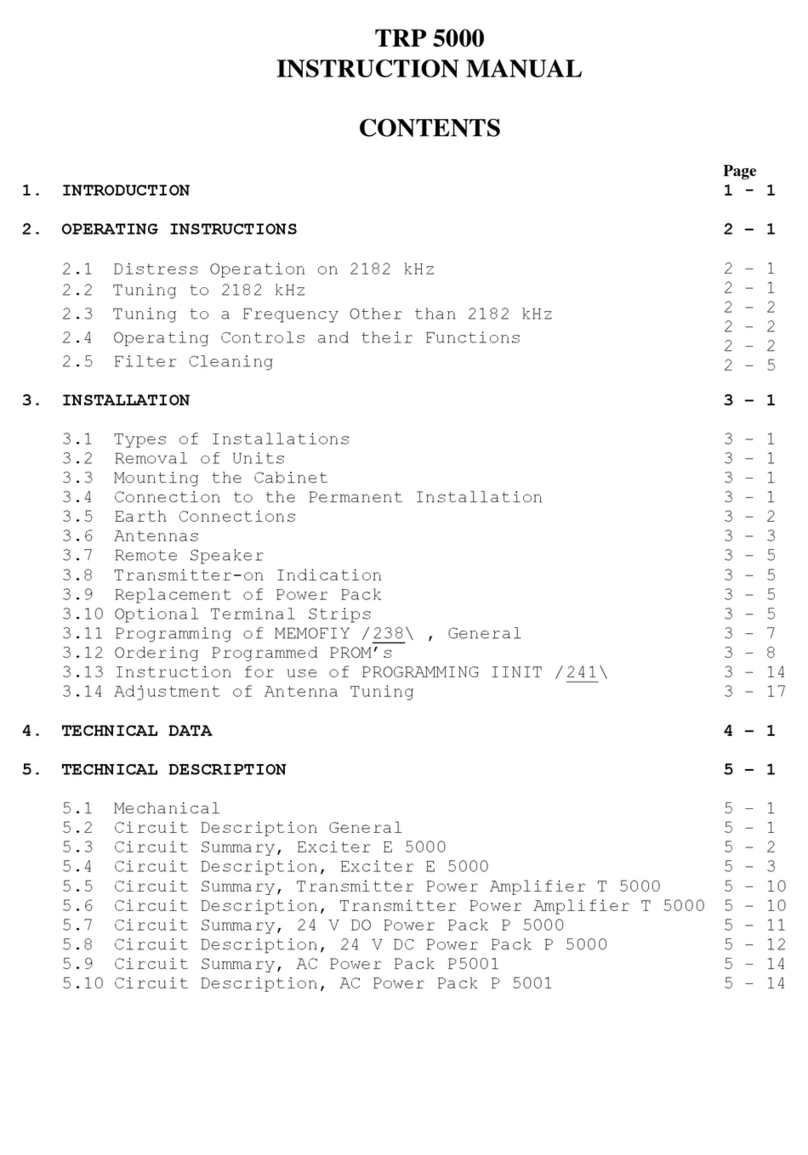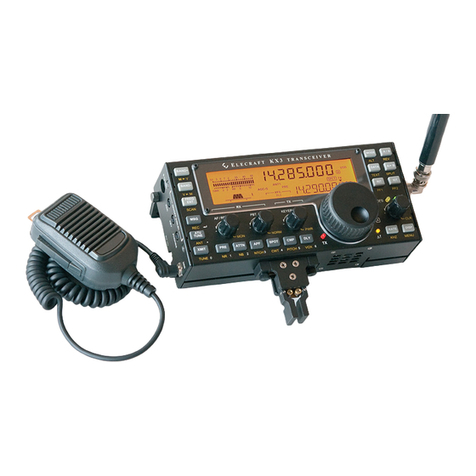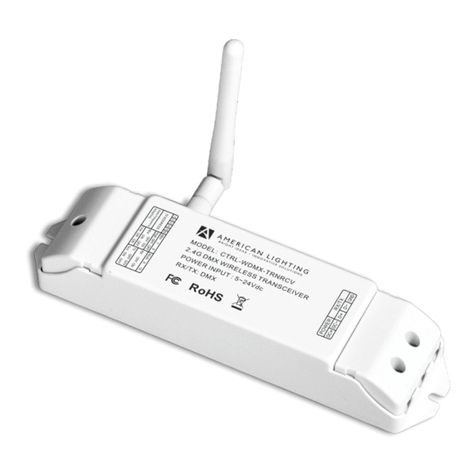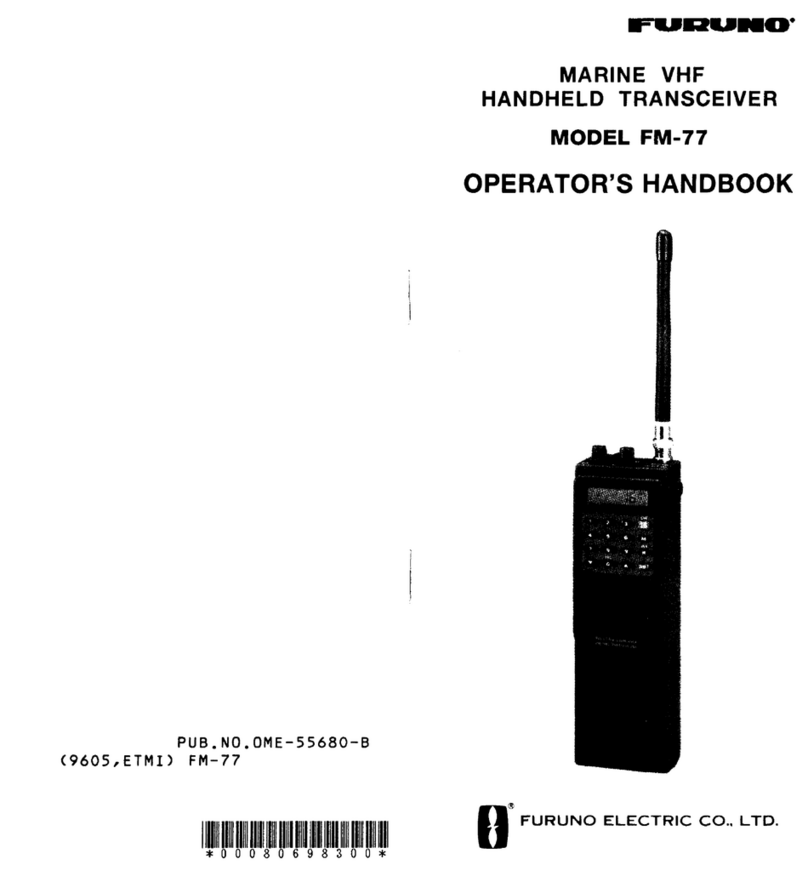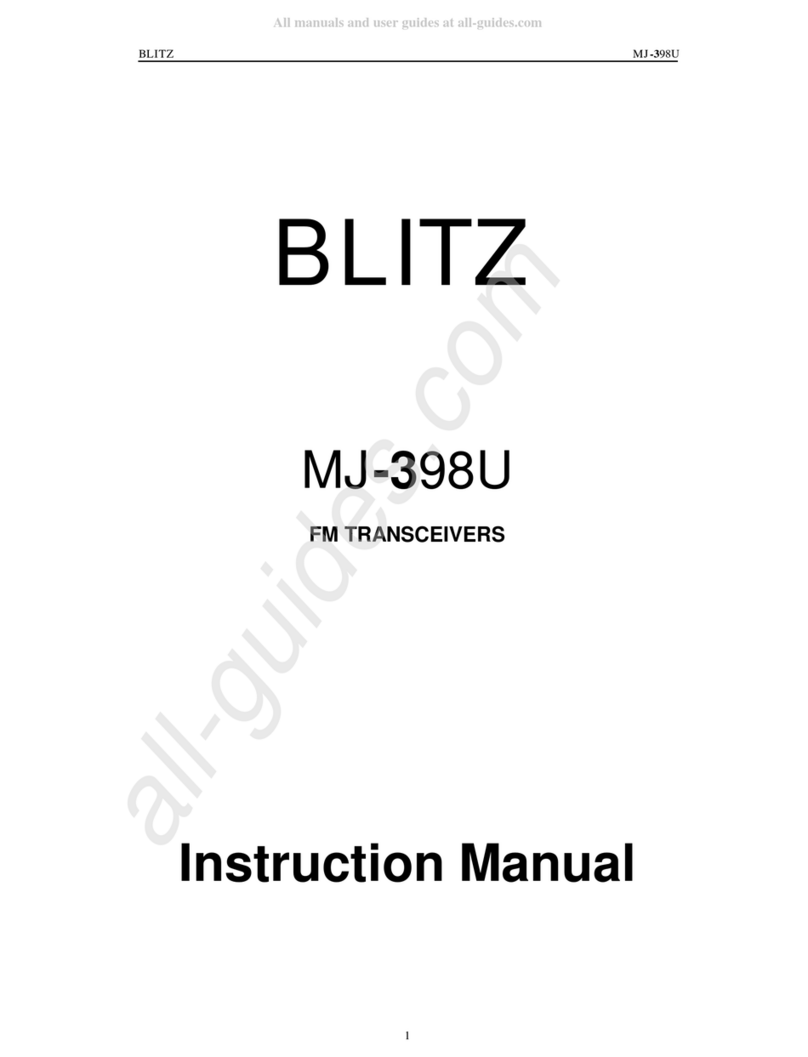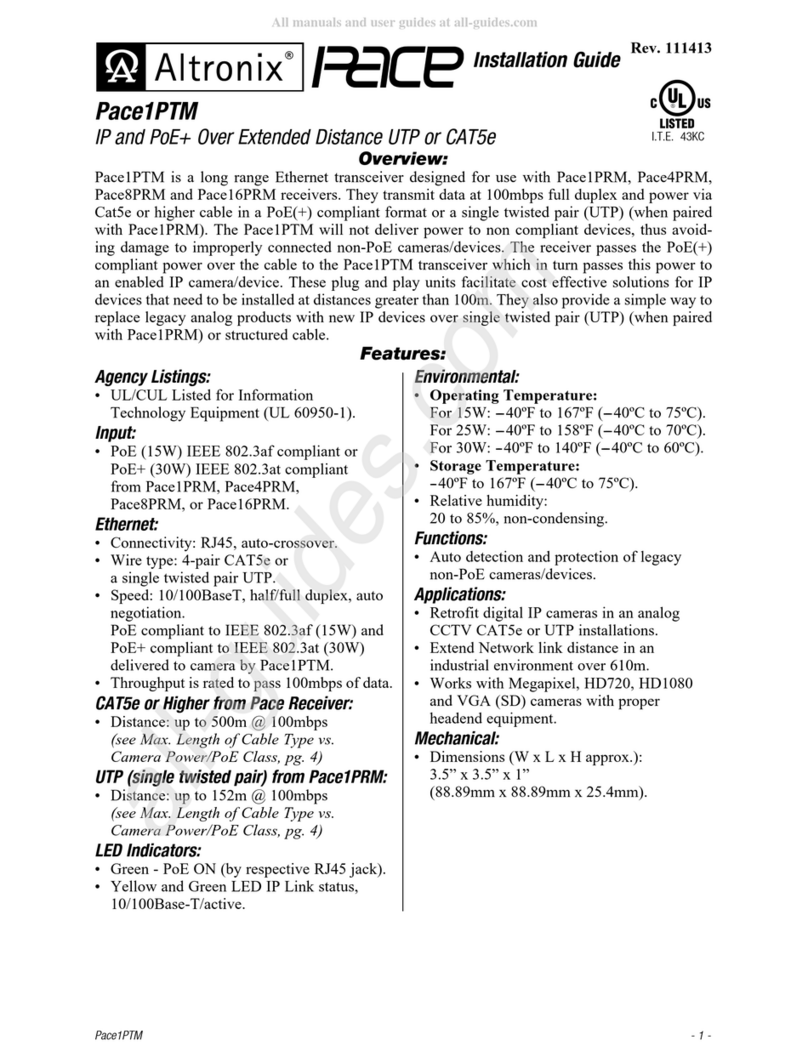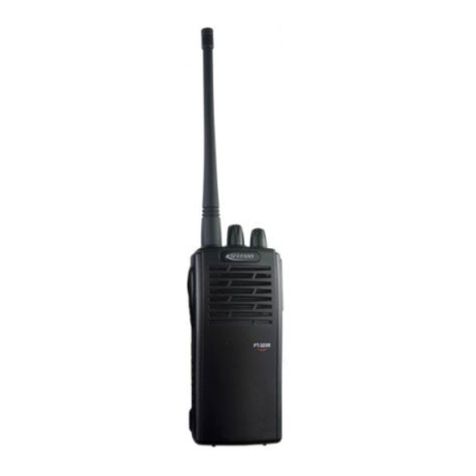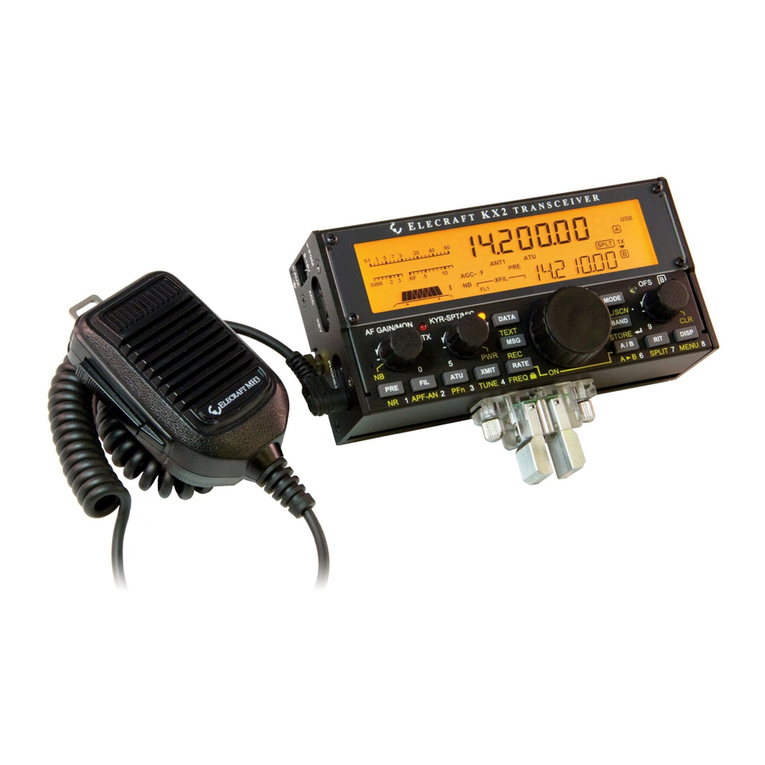
unit for service or replacement, use the original packing materials but put the entire package inside
another packing carton, so as to preserve the evidence of shipping damage for insurance purposes.
Installation Tips
To ensure long life of the components, be certain to provide adequate ventilation around the cabinet of
the FT-1500M.
Do not install the transceiver on top of another heat-generating device (such as a power supply or
amplifier), and do not place equipment, books, or papers on top of the FT-1500M. Avoid heating vents
and window locations that could expose the transceiver to excessive direct sunlight, especially in hot
climates. The FT-1500M should not be used in an environment where the ambient temperature exceeds
+60° C (140° F).
Safety Information
The FT-1500M is an electrical apparatus, as well as a generator of RF (Radio Frequency) energy, and
you should exercise all safety precautions as are appropriate for this type of device. These safety tips
apply to any device installed in a well-designed amateur radio station.
ρ Do not allow unsupervised children to play in the vicinity of your transceiver or antenna installation.
ρ Be certain to wrap any wire or cable splices thoroughly with insulating electrical tape, to prevent
short circuits.
ρ Do not route cables or wires through door jambs or other locations where, through wear and tear,
they may become frayed and shorted to ground or to each other.
ρ Do not stand in front of a directional antenna while you are transmitting into that antenna. Do not
install a directional antenna in any location where humans or pets may be walking in the main
directional lobe of the antenna's radiation pattern.
ρ In mobile installations, it is preferable to mount your antenna on top of the roof of the vehicle, if
feasible, so as to utilize the car body as a counterpoise for the antenna and raise the radiation pattern
as far away from passengers as possible.
ρ During vehicular operation when stopped (in a parking lot, for example), make it a practice to switch
to Low power if there are people walking nearby.
ρ Never wear dual-earmuff headphones while driving a vehicle.
Antenna Considerations
The FT-1500M is designed for use with antennas presenting an impedance of near 50 W at all
operating frequencies. The antenna (or a 50 W dummy load) should be connected whenever the
transceiver is turned on, to avoid damage that could otherwise result if transmission occurs
accidentally without an antenna.
Ensure that your antenna is designed to handle 50 Watts of transmitter power. Some magnetic-mount
mobile antennas, designed for use with hand-held transceivers, may not be capable of this power level.
Consult the antenna manufacturer's specification sheet for details.
Most all FM work is performed using vertical polarization. When installing a directional antenna such
as a Yagi or Quad, be certain to orient it so as to produce vertical polarization, unless you are engaged
in a special operating situation where horizontal polarization is used.
Note that this transceiver is designed with wide frequency coverage in the VHF spectrum. For general
listening, you may wish to have a broadband antenna such as a discone available, as a directional
antenna such as a Yagi will have degraded performance outside the 2-meter Amateur band.
Excellent reference texts and computer software are available for the design and optimization of VHF
antennas. Your dealer should be able to assist you with all aspects of your antenna installation
requirements.
Use high-quality 50 ohm coaxial cable for the lead-in to your FT-1500M transceiver. All efforts at
providing an efficient antenna system will be wasted if poor quality, lossy coaxial cable is used.
Losses in coaxial lines increase as the frequency increases, so an 8-meter-long (25’) coaxial line with
0.75 dB of loss at 28 MHz may have a loss of 1.8 dB or more at 146 MHz; choose your coaxial cable
carefully based on the installation location (mobile vs. base) and the overall length of the cable

